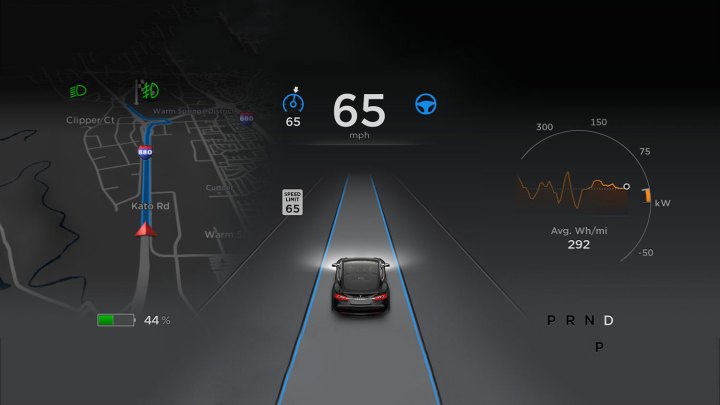
California’s proposal, which sits among other factors the self-driving industry players find objectionable, is based on the U.S. Department of Transportation National Highway Traffic Safety Administrations (NHTSA) guidelines issued in September. But it adds mandatory compliance. The NHTSA guidelines were proposed as voluntary suggestions for supporting, while at the same time regulating, self-driving car development.
California isn’t the only state in the U.S. where autonomous vehicle testing is currently taking place. Projects are also proposed or already underway in Arizona, Michigan, Pennsylvania, among others. The Golden State’s official policies and regulations have great weight, however, and not just because it has the greatest population. California currently has 18 companies testing self-driving tech; the state is a major tech development center for autonomous vehicles.
Google, General Motors, Volkswagen, Honda, and Ford all objected to a California proposal that carmakers gather a year’s worth of test data before even applying for an operating permit in the state. David Strickland, the head of the Self-Driving Coalition for Safer Streets, a group whose members include Google, Ford, Lyft, Uber, and Volvo, said the California proposal “could greatly delay the benefits that self-driving vehicles can bring to safety and mobility for individuals.”
According to California DMV deputy director Brian Soublet, the state is open to “concrete suggestions” to change its proposals. “The goal is making sure that we can get this life-saving technology out on the streets,” Soublet said.
Another issue for the manufacturers is a requirement to obtain local approval of every city and town through which autonomous test vehicle would travel. That rule would be “unworkable, ” said Ron Medford, the director of safety for the Google Self-Driving Car Project. It would limit testing to specific areas and make it virtually impossible to collect data on the vehicles’ ability to travel to different areas.
It sounds like all parties involved want self-driving cars on the road as soon as possible, and the safety advantages are clear. But establishing rules, policies, and procedures to reach the goals of vehicle autonomy that are considered reasonable and workable is still a challenge.



